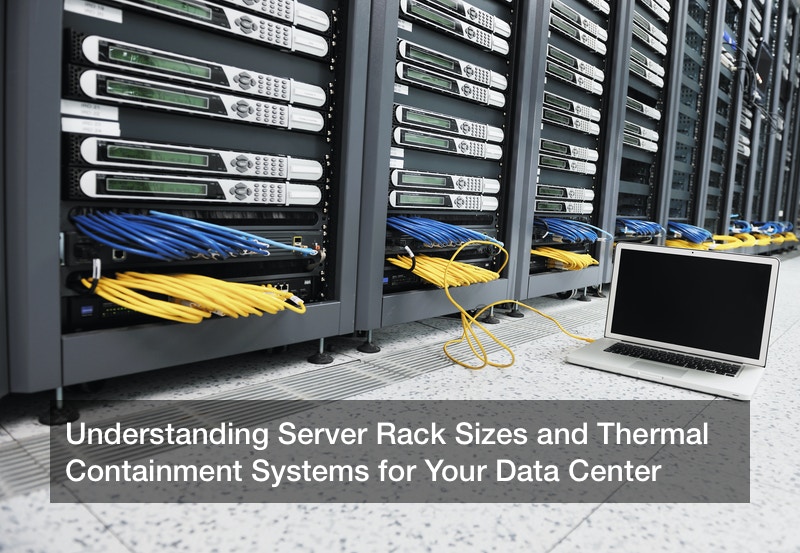Understanding Server Rack Sizes and Thermal Containment Systems for Your Data Center

In this modern day and age, one of the most important criteria that can set businesses apart in competitive markets can be the ability to crunch and process large amounts of data in order to end up with important and actionable information and insight. With the advent of the internet, there is always a lot more data to take a look at and your competitive advantage might well depend on your ability to process more and more data in order to find information that you can base your plans or strategies on. Server rooms and data centers are now powering hundreds of thousands of businesses, allowing them to process this data using high amounts of processing power and computing power.
In such times, a lot of businesses have leveraged the processing power offered by data centers in order to provide other businesses with the kind of data processing power that they need. If you run or manage a data center that provides such services, there can be a lot of challenges that you would need to overcome in order to create an operation that is efficient, robust, and scalable. There would be a lot of data center products and data center supplies that you would need and a number of important strategies that would need to be put in place in order to preserve the health and performance of the most important component of any data center, your servers.
For your business, it can be of the utmost importance to properly maintain the health and reliability of your servers. These form the lifeblood of any data center and can be incredibly sensitive to changes in exterior conditions. Server hardware can also have a range of temperatures where they can operate at full efficiency and potential. For this reason, it can be very important to set things up inside your data center so that your servers can breathe and do their work without any hitches. If you offer your services to other businesses, the one thing that you cannot afford is downtime. Loss of efficiency and performance can also be major problems. With the right setup, you can avoid these.
To begin with, it can be a great idea to learn more about the types of server racks and data racks that you can get on the market. There can be many different network rack and server racks sizes and you should get the best possible solution deployed in your data center according to the type and number of servers you have operating. Server rack sizes can seem to be a trivial detail but can actually be very important. Choosing the right server rack sizes can allow you to more efficiently manage the right cooling systems and to make sure that you have room to expand when the need arises. The right server rack sizes can also make accessing and managing the servers a lot easier.
Choosing the right server rack sizes can also help you get a handle on other important factors like airflow management and aisle containment systems. These are extremely important parts of any data center and can help you have a great degree of control over the interior conditions of your data center. Servers operate the best within a particular range of temperatures and other factors like humidity can also come into play. This is why it can be important to study thermal containment systems in detail and learn about the benefits of cold aisle containment and the benefits of hot aisle containment. These containment systems can represent different approaches to keeping your data center properly cooled.
Keeping these important points in mind, it can be a good idea to remember that there can be many ways you can make your data center more efficient and keep your servers performing at optimum levels while also taking care of their health. Choosing the right measures and solutions can definitely help you create and maintain the right workflow in your data center and supply a growing need for businesses to use data center services.
